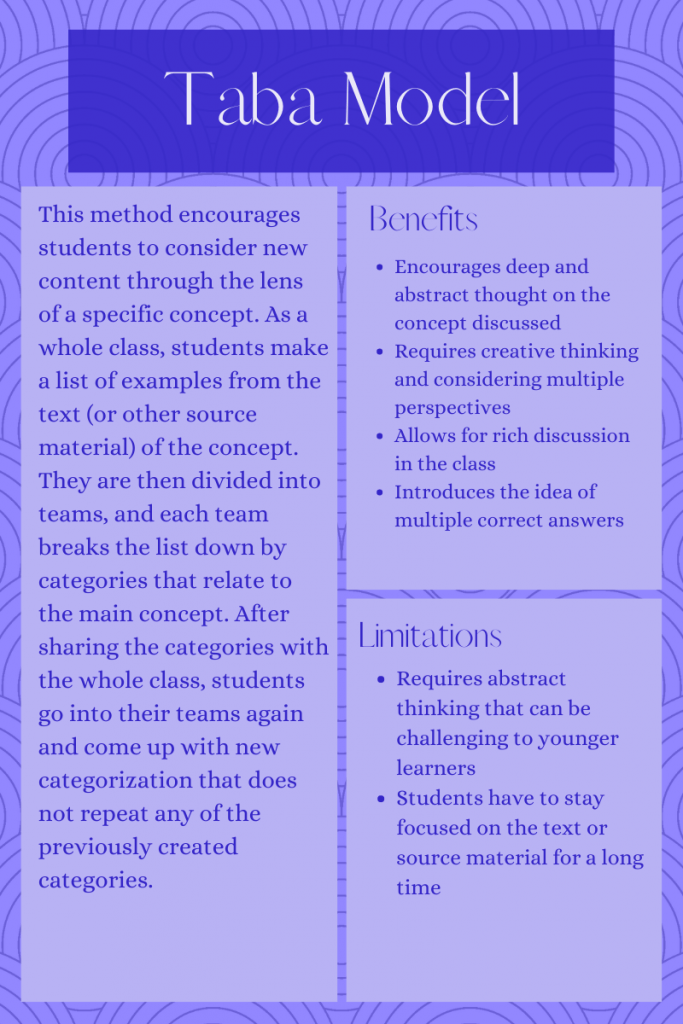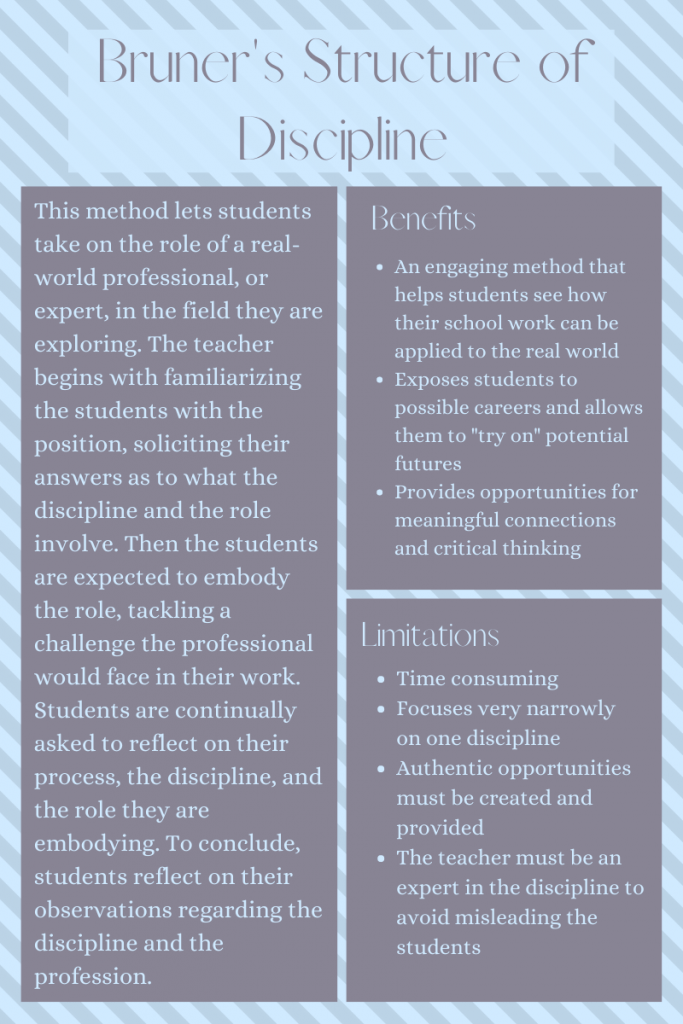Most of us think of classroom instruction mostly in terms of lectures, with the occasional group work or student presentation thrown in. But there are so many more instructional methods, and many of the less familiar ones are especially appropriate for advanced and gifted students. Students who need a greater challenge, who look at things differently, who can make new connections will benefit greatly from many of these methods.

As your child attends advanced, honors, and enrichment classes with like-minded peers, they may tell you about learning experiences that sound unusual, often differently structured, less teacher-centered and more student-led.


This post is meant to help you better understand some of these methods, how they may be used, and their advantages and disadvantages.


If many of these sound “out there” and make you wonder what your child is learning, these can help you understand. Remember, these are just some of the instructional models that may be used to address the needs of gifted learners. Teachers use a multitude of measures to engage students on a regular basis.


Some of the models mentioned here, like Taba and Creative Problem Solving, follow a strict order of steps which leads students through a process; other methods are more free-form.


Some of these models, like Visual Thinking Strategy, may be used as a single activity within a larger lesson, while others, like simulations and service learning, lend themselves to long-term learning over several lessons, and often a whole quarter or semester.
